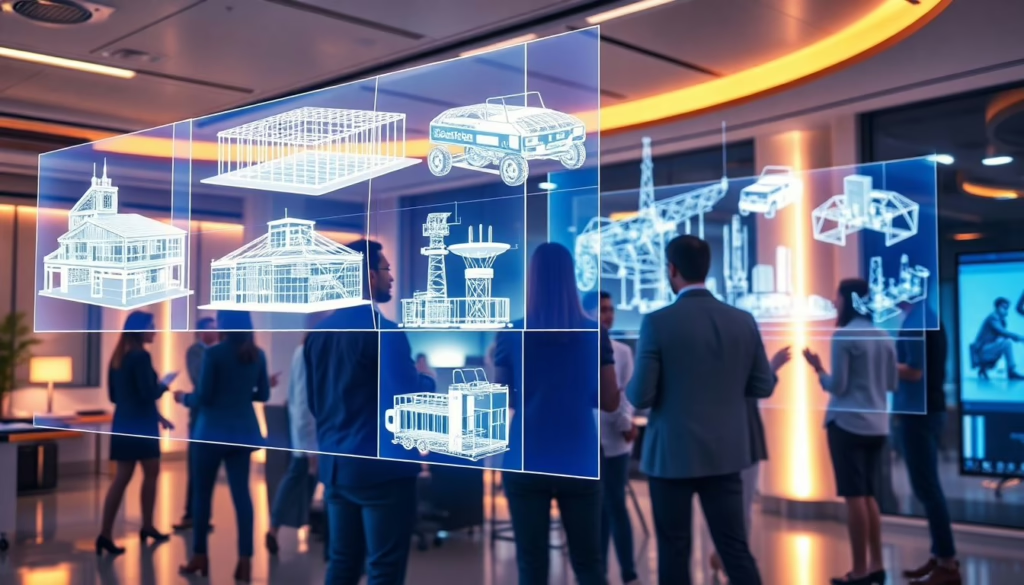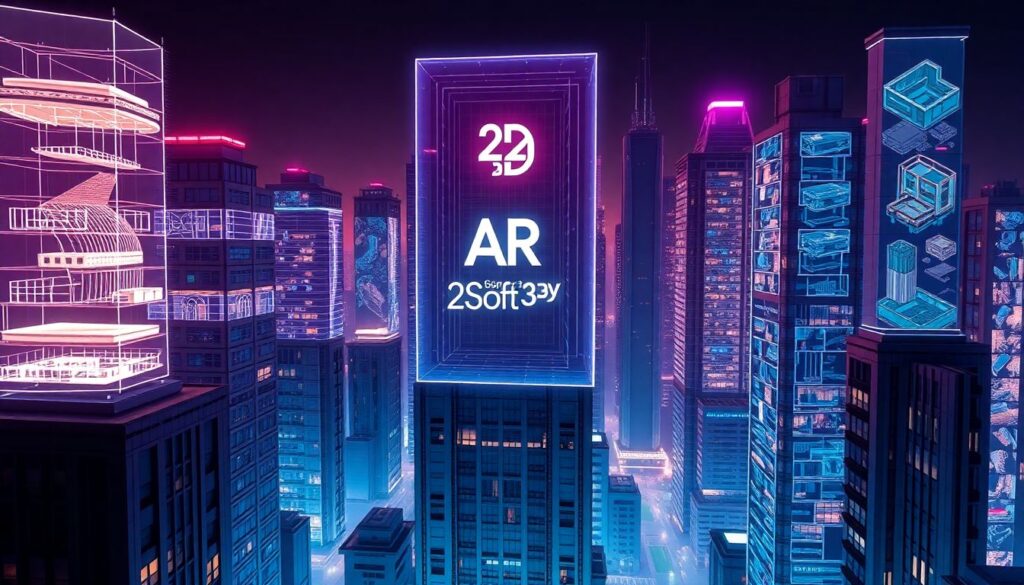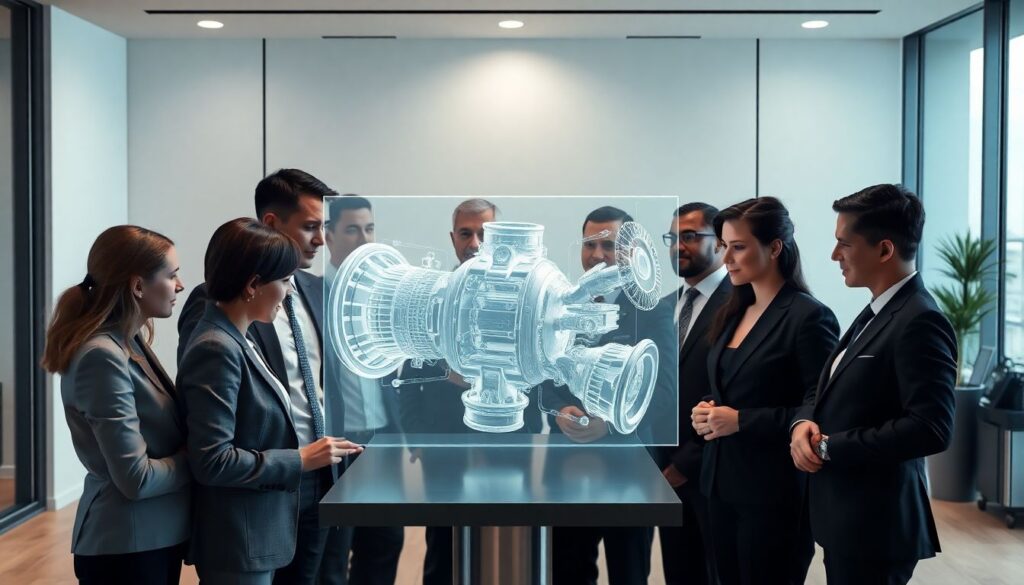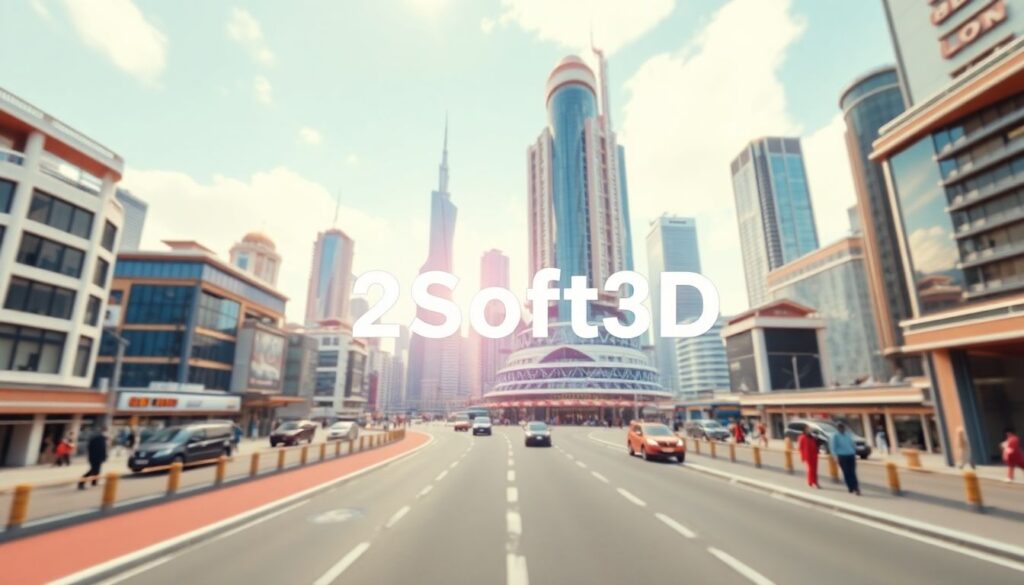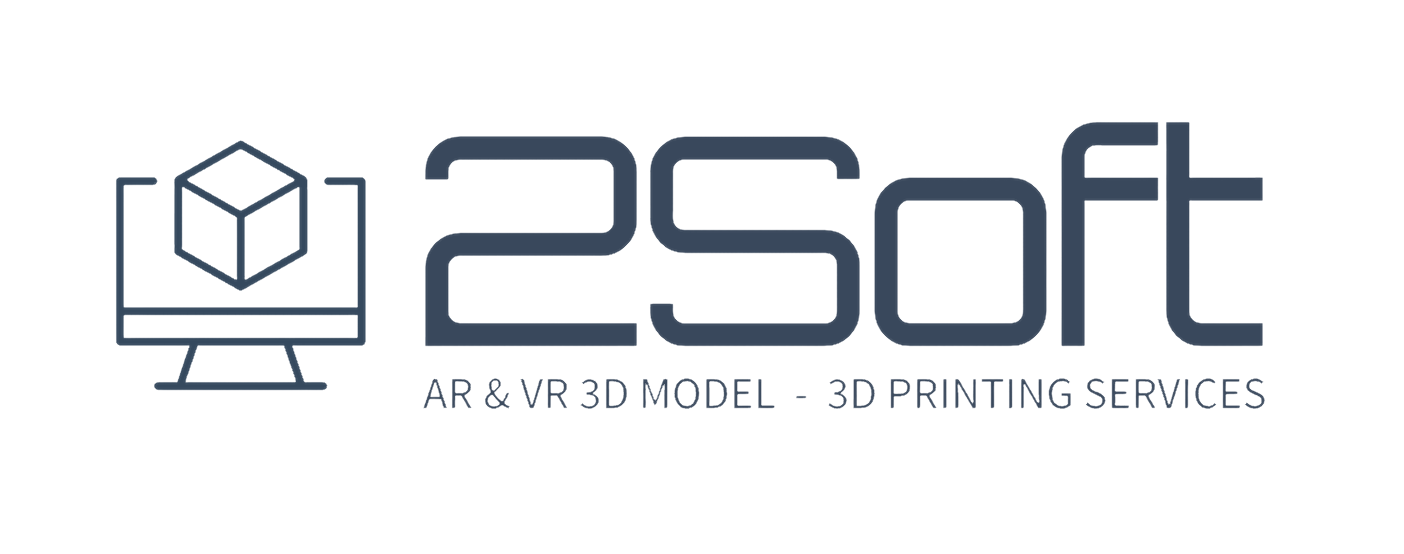
Revolutionizing Design: Top-Tier Augmented Reality 3D Modeling Services
The rise of Augmented Reality (AR) is changing how we think about design. AR 3D modeling transforms traditional methods, offering an interactive experience that enhances creativity and collaboration. Businesses that embrace this technology gain a competitive edge.
The Immersive Future of Design
Imagine being able to visualize a product or structure before it’s built. AR allows designers and clients to interact with 3D models in real time. This immersion leads to better understanding and faster decision-making.
Bridging the Gap Between Digital and Physical
AR brings digital designs into the physical world. This integration helps bridge the gap between imagination and reality, allowing for an engaging, hands-on approach to design that was not possible before.
Why Businesses Need AR 3D Modeling Now
The urgency to adopt AR modeling is clear. Companies that do not integrate AR may fall behind. The technology improves design processes, engages customers effectively, and ultimately drives sales.
Understanding Augmented Reality 3D Modeling Services
Defining AR 3D Modeling and its Applications
AR 3D modeling creates lifelike digital representations of objects, allowing users to see them in their real environment. It applies in various fields, including architecture, product design, and education.
Key Differences Between AR and VR Modeling
While both AR and Virtual Reality (VR) create immersive experiences, they differ significantly. AR overlays digital images onto the real world. In contrast, VR creates an entirely separate environment.
Technological Advancements Driving AR 3D Modeling
Advancements in smartphones, wearables, and software have propelled AR to the forefront. Tools like ARKit and ARCore enable developers to create sophisticated applications that enrich user experience.
Benefits of Utilizing AR 3D Modeling Services
Enhanced Visualization and Collaboration
AR modeling allows teams to collaborate in real time. Everyone can visualize changes instantly, leading to improved communication and fewer errors.
Streamlined Design Processes and Reduced Costs
Integrating AR can cut costs by minimizing physical prototypes. Designs can be adjusted easily, saving both time and resources.
Improved Customer Engagement and Decision-Making
AR enhances the customer experience, allowing users to interact with products before purchasing. This engagement leads to better-informed decisions and higher satisfaction.
Exploring Real-World Applications of AR 3D Modeling
Architecture, Engineering, and Construction (AEC)
Case Study: AR in Construction Project Visualization
In AEC, AR can visualize projects before they start. For instance, using AR, a construction company projected buildings onto land. This helped clients see the final product, leading to faster approvals.
Impact of AR on AEC Project Efficiency
AR reduces rework and miscommunication in AEC. With clear visualizations, teams can address issues early, saving time and money.
Product Design and Prototyping
Examples of AR in Product Development
Major companies like IKEA use AR to let customers visualize furniture in their homes. This technology helps buyers make confident choices.
Benefits of AR Prototyping for Businesses
AR allows businesses to test ideas without creating physical prototypes. This speeds up the design cycle and allows for quick feedback.
Healthcare and Medical Applications
AR’s Role in Surgical Planning and Training
In healthcare, AR assists surgeons in planning complex procedures. By visualizing anatomy in 3D, doctors can prepare more effectively and improve patient outcomes.
Future Trends of AR in Healthcare
Expect to see more AR applications in medical training, helping new professionals enhance their skills with interactive experiences.
Choosing the Right AR 3D Modeling Service Provider
Factors to Consider When Selecting a Provider
When looking for an AR service provider, assess their experience, technology, and portfolio. A proven track record in your industry is essential.
Assessing Expertise and Technological Capabilities
Choose providers that stay updated with the latest AR tools. Their ability to utilize advanced technology will influence the quality of the results.
Evaluating Pricing Models and Service Agreements
Be clear about pricing structures. It’s crucial to understand what services are included and any additional costs that may arise.
The Future of AR 3D Modeling and its Impact on Industries ( Augmented Reality 3d Modeling Services )
Emerging Trends in Augmented Reality Technology
As AR technology progresses, expect improvements in realism and accessibility. Advancements in AI will also enhance AR experiences.
Predictions for the Growth of the AR 3D Modeling Market
The AR market is projected to grow significantly, with estimates suggesting a climb to $198 billion by 2025. This growth reflects wider adoption across various sectors.
The Long-Term Implications of AR on Design and Innovation
AR will lead to continuous innovation in design processes. Companies adopting AR early on will likely stay ahead of their competitors.
Conclusion: Embracing the Potential of AR 3D Modeling ( Augmented Reality 3d Modeling Services )
Key Takeaways and Actionable Steps
Adopting AR 3D modeling is no longer a choice; it’s a necessity for businesses that aim to thrive. Start by researching AR service providers and exploring trials to understand its benefits.
The Importance of Early Adoption in a Competitive Market
Businesses that embrace AR early can shape the future of their industry. With tech evolving quickly, those who wait may lose their chance.
Future-Proofing Your Business with AR 3D Modeling
Investing in AR 3D modeling today ensures you stay relevant tomorrow. Make AR a part of your strategy and watch your business grow.
